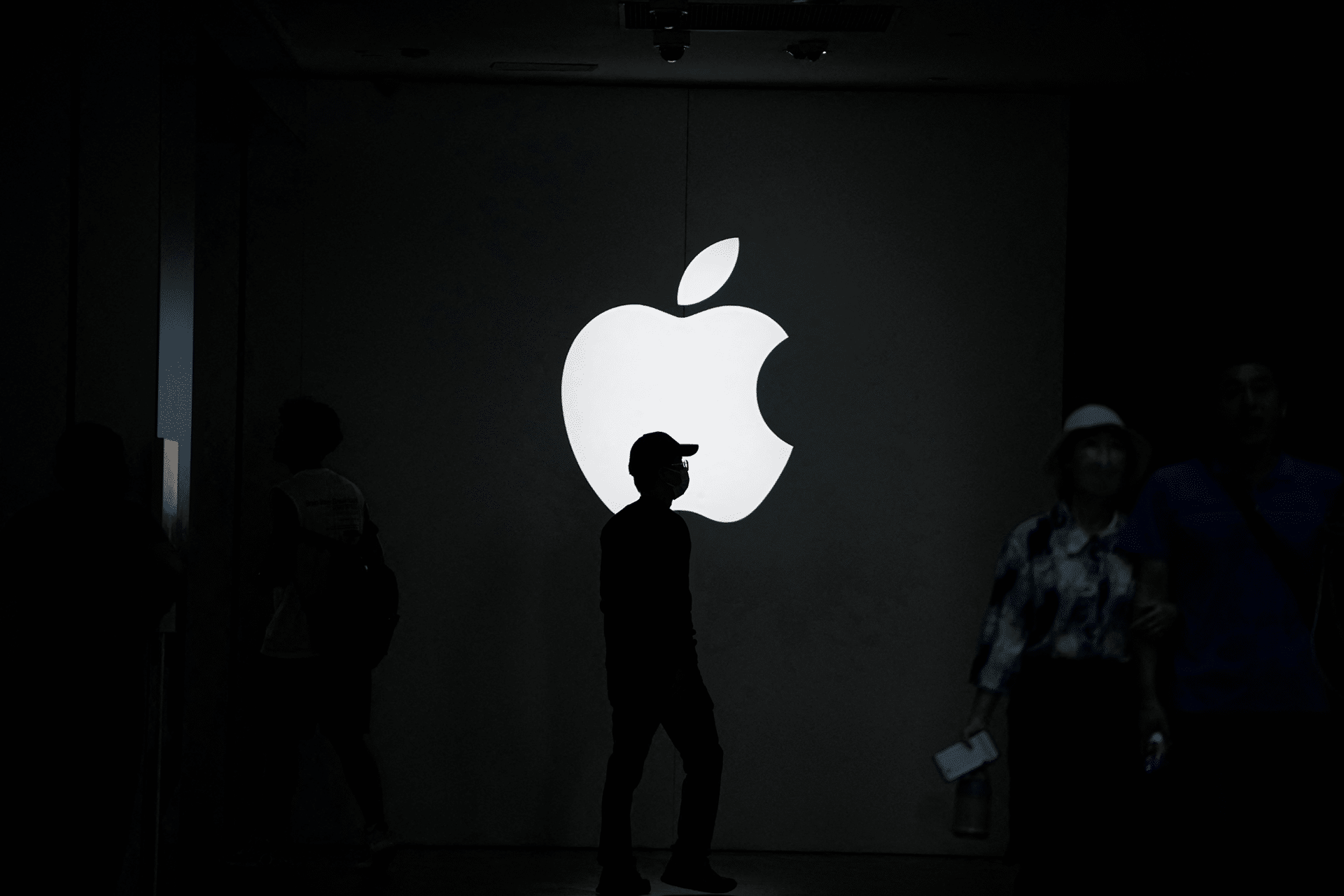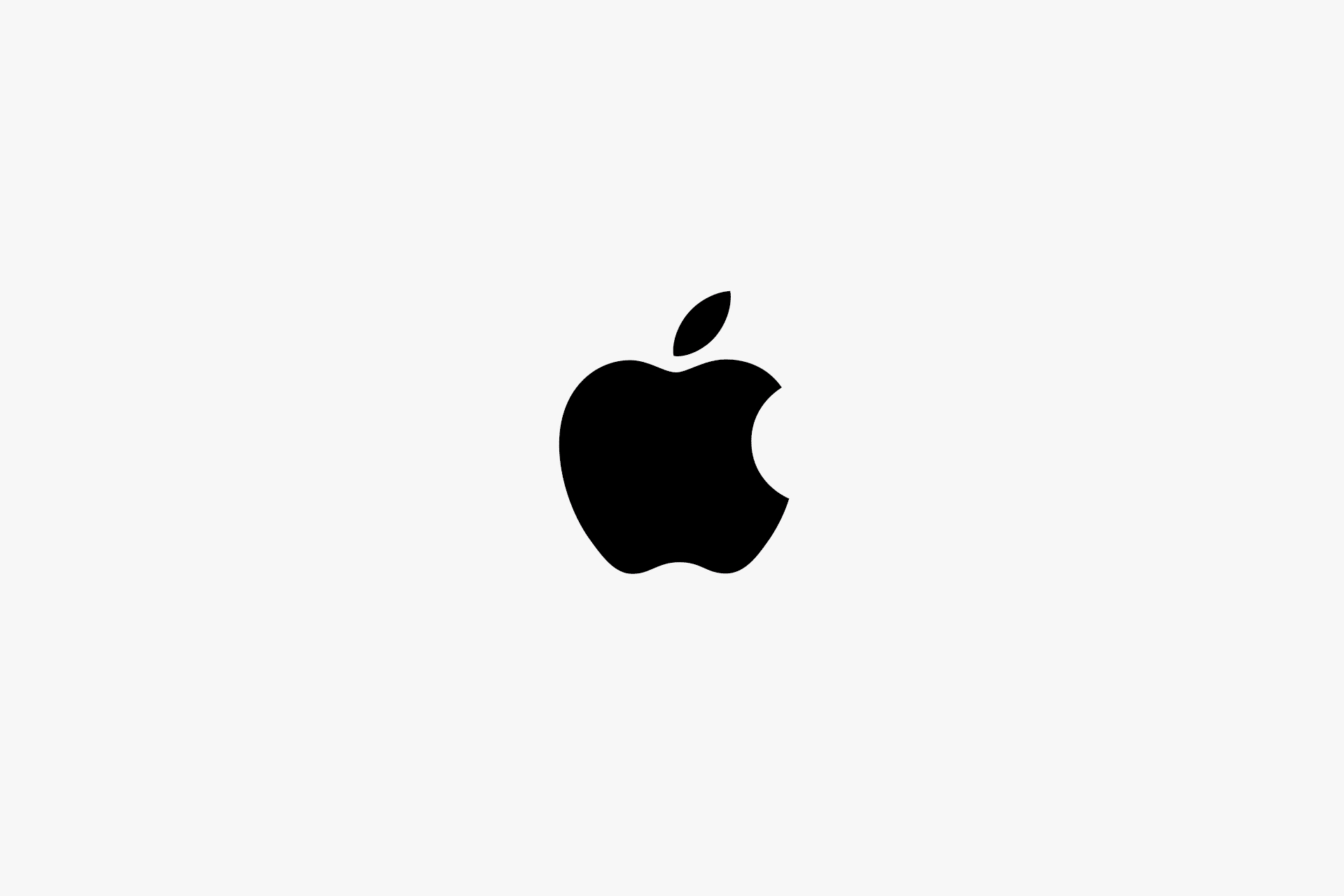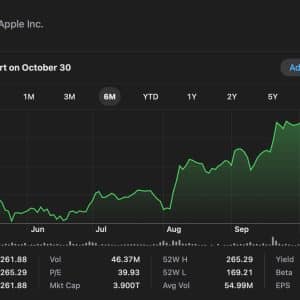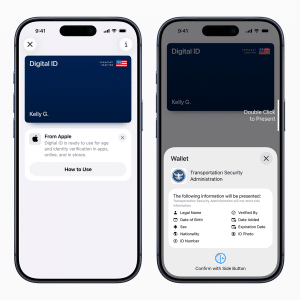Apple’s Services division is on course to surpass the annual revenues of Tesla, Pepsi, and Disney by 2026, according to new financial analyses that highlight how the company’s business model has evolved far beyond hardware. Once dependent on iPhone sales, Apple is now driven increasingly by recurring income streams — from the App Store and Apple Music to iCloud, Apple Pay, and Apple TV+ — making Services one of the fastest-growing segments in the global tech industry.
Recent estimates suggest that Apple’s Services arm could generate more than $125 billion annually by 2026, up from roughly $94 billion in fiscal 2024. That growth rate, sustained by expanding subscription bundles and rising developer transactions, would place it ahead of legacy giants like Disney and PepsiCo — and on par with Tesla’s total global revenue.
Analysts describe the Services division as Apple’s “second engine,” a business that is transforming the company’s long-term financial identity. While iPhone, Mac, and iPad hardware continue to anchor Apple’s ecosystem, Services now provide stable, high-margin income that buffers seasonal hardware cycles and market volatility.
From Product Sales to Recurring Revenue
Over the past decade, Apple has systematically built an ecosystem that monetizes user engagement at every level. The App Store remains its most lucrative platform, generating billions in commissions from digital purchases and subscriptions. Meanwhile, services such as Apple Music, iCloud+, Apple Arcade, and Apple TV+ have attracted hundreds of millions of paying users worldwide, creating predictable cash flow that scales with its installed device base.
By the end of 2025, Apple is projected to surpass one billion paid subscriptions across all platforms. Bundles like Apple One — which combine several services under one monthly fee — have proven especially effective in boosting adoption and retention. Each new device sold, from iPhone to Vision Pro, now acts as an entry point into Apple’s expanding subscription ecosystem.
“Apple’s model has evolved from transactional hardware to ongoing engagement,” one market analyst noted. “The more time users spend in Apple’s ecosystem, the more value they generate — and it’s recurring, not cyclical.”
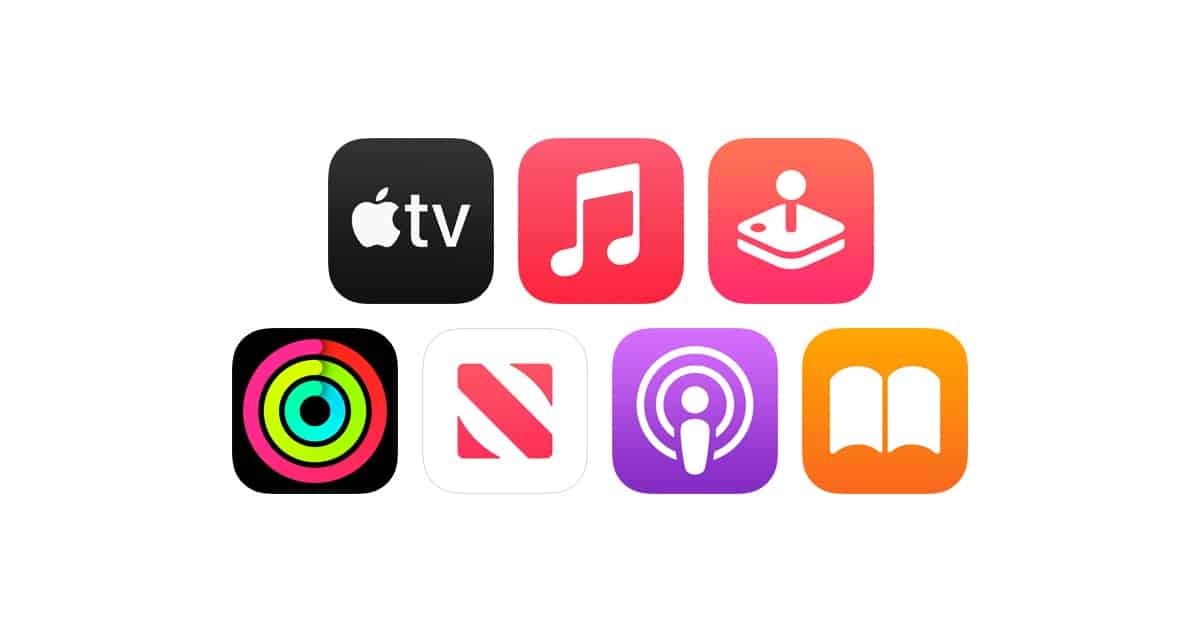
High Margins and Financial Efficiency
While Apple’s hardware margins are impressive by industry standards, its Services division operates on an entirely different scale of profitability. Analysts estimate gross margins for Services exceed 70 percent, nearly double those of Apple’s physical products. This efficiency stems from software-driven revenue and minimal production costs compared to manufacturing devices.
Revenue diversification has also made Apple less vulnerable to short-term market swings. During periods when iPhone sales fluctuate, subscription and licensing income continue to grow steadily. This balance has helped Apple maintain consistent profitability and investor confidence even during global supply chain disruptions.
The segment’s strength was clear in Apple’s latest quarterly report, which showed Services posting record highs across nearly every category — including advertising, payment processing, and entertainment.
Key Drivers of Growth
Three pillars underpin Apple’s service expansion: entertainment, cloud infrastructure, and digital commerce.
Apple TV+ continues to scale its audience with original programming and strategic sports deals such as Major League Soccer and Formula 1 coverage, drawing millions of new subscribers to its streaming platform. Meanwhile, iCloud has grown into a backbone of digital life for iPhone and Mac users, hosting petabytes of personal and enterprise data.
The App Store, however, remains Apple’s most powerful and controversial driver. Despite ongoing regulatory scrutiny in the U.S. and Europe, it continues to produce the majority of Apple’s service-related profits. Developers generated over $1.1 trillion in total billings and sales in 2024, of which Apple took a percentage through commissions and fees.
As the global app economy matures, Apple’s tight integration of hardware, software, and payments ensures that a substantial portion of those transactions remains within its ecosystem.

Strategic Comparisons: Tesla, Pepsi, and Disney
The financial comparison underscores how Apple’s business model has eclipsed traditional industry boundaries. Disney’s global media empire generated roughly $90 billion in 2024, while Tesla’s revenue reached about $113 billion. Analysts now forecast that Apple’s Services division alone will exceed both figures within the next 18 months.
The contrast is stark: Tesla’s growth depends on high-capital manufacturing and volatile supply chains, while Apple’s Services revenue expands with each device activation — no factories required. Disney, meanwhile, continues to struggle with the costs of maintaining streaming platforms and theme park operations, which have compressed margins in its media segment.
PepsiCo’s $92 billion revenue comes largely from its physical goods supply chain, which lacks the scalability of digital services. In comparison, Apple’s service model scales exponentially at minimal cost, allowing higher profit per user and faster growth over time.
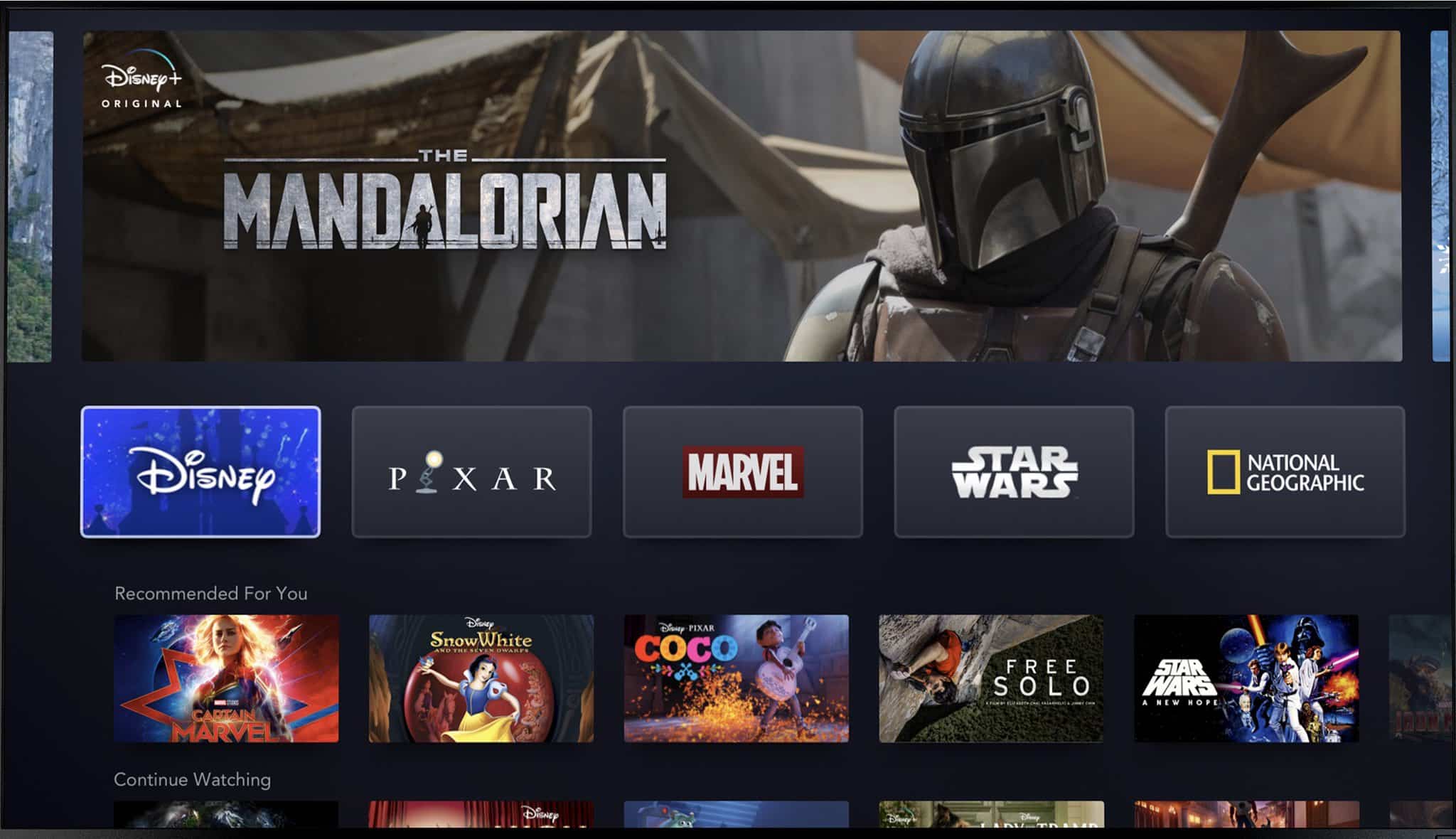
A Broader Ecosystem Vision
Apple’s long-term strategy hinges on deepening user immersion in its ecosystem. Services like Apple Pay, Apple Card, and Apple Cash have quietly expanded Apple’s role in consumer finance, while Fitness+ and News+ target lifestyle and content niches that enhance brand stickiness.
Meanwhile, Apple Intelligence — the company’s upcoming on-device AI framework — is expected to further integrate Services across apps and devices, creating new revenue opportunities in personalization, productivity, and content recommendations.
Analysts believe this next phase will tie Apple’s software ecosystem even closer to its hardware and cloud layers, increasing engagement and average revenue per user. “Every Apple service reinforces another,” said one analyst. “It’s an ecosystem with compounding value.”
Despite its success, Apple’s Services growth faces increasing regulatory scrutiny. Antitrust agencies in the United States and Europe have questioned whether Apple’s control of the App Store stifles competition. The company has responded with compliance adjustments, such as opening limited third-party payment options in the EU and reducing commissions for smaller developers.
Even so, Apple’s service ecosystem remains largely intact — and increasingly profitable. The company’s ability to navigate regulation while maintaining user trust has kept both developers and consumers engaged within its platform.
Investor Confidence
Wall Street’s enthusiasm for Apple’s Services segment has intensified as hardware markets mature. Investors view the division as a reliable growth engine with predictable margins and global scalability. Several analysts have raised price targets for Apple stock, citing Services as the main driver of valuation resilience.
By 2026, Apple is expected to report Services revenue exceeding the combined annual earnings of Tesla and Disney — a symbolic turning point that highlights how digital ecosystems can outperform even the largest industrial and entertainment giants.
More than a business transformation, the rise of Apple’s Services division reflects a broader shift in the global economy — one where platform access and recurring digital engagement have replaced factories and physical goods as the foundation of growth.

